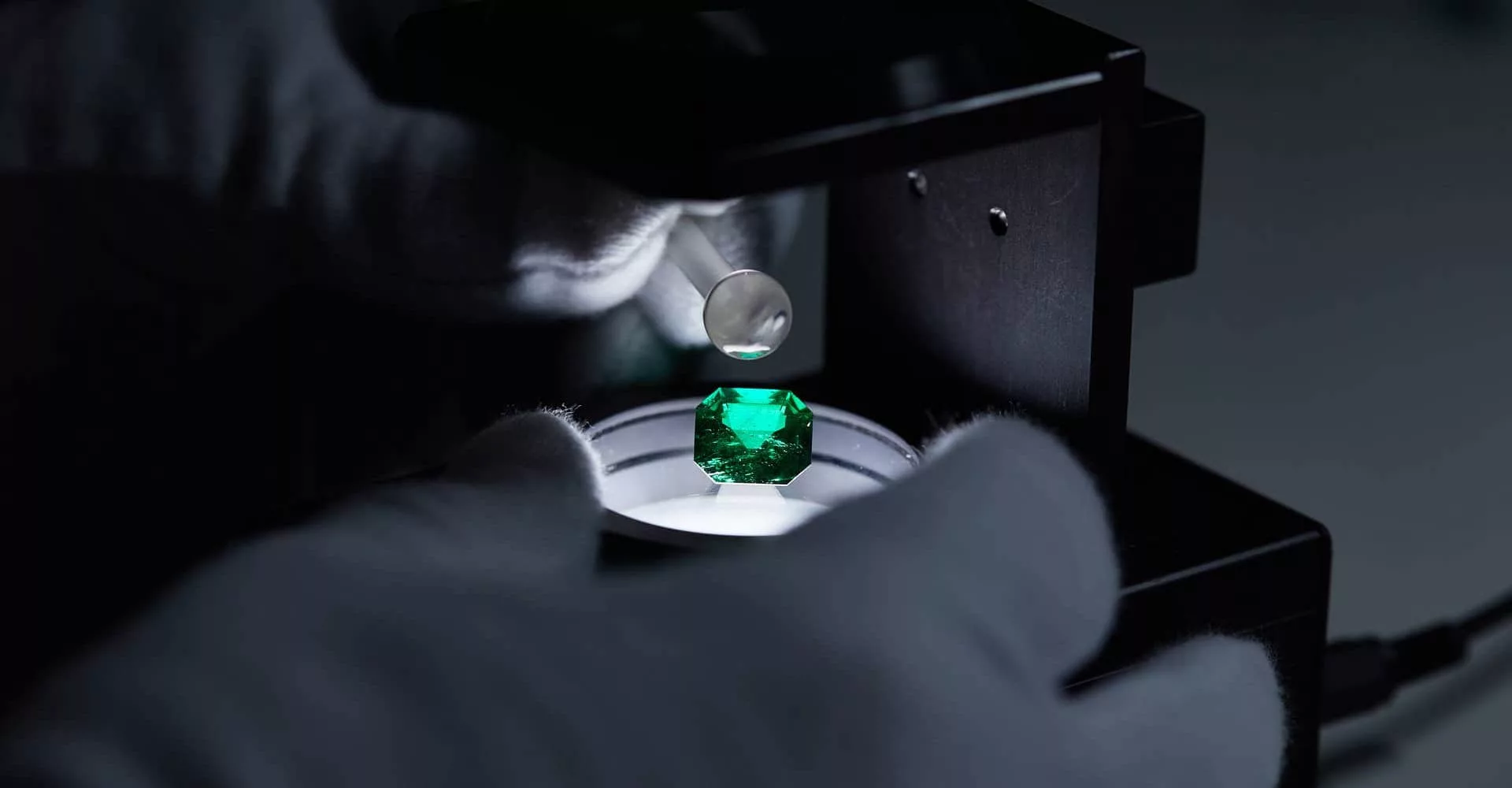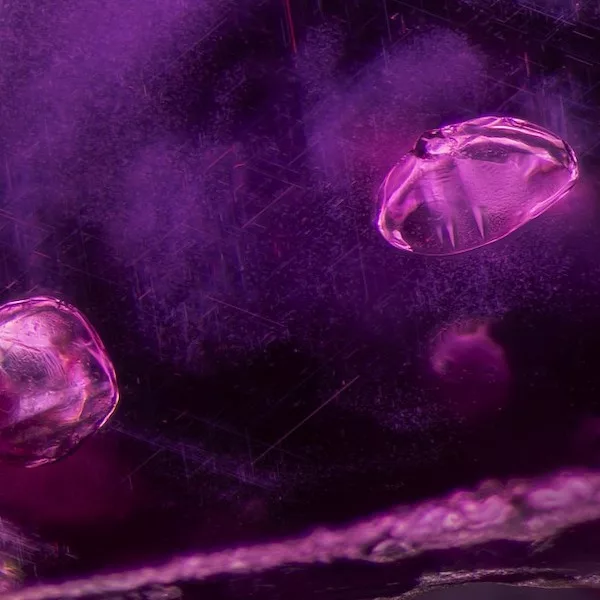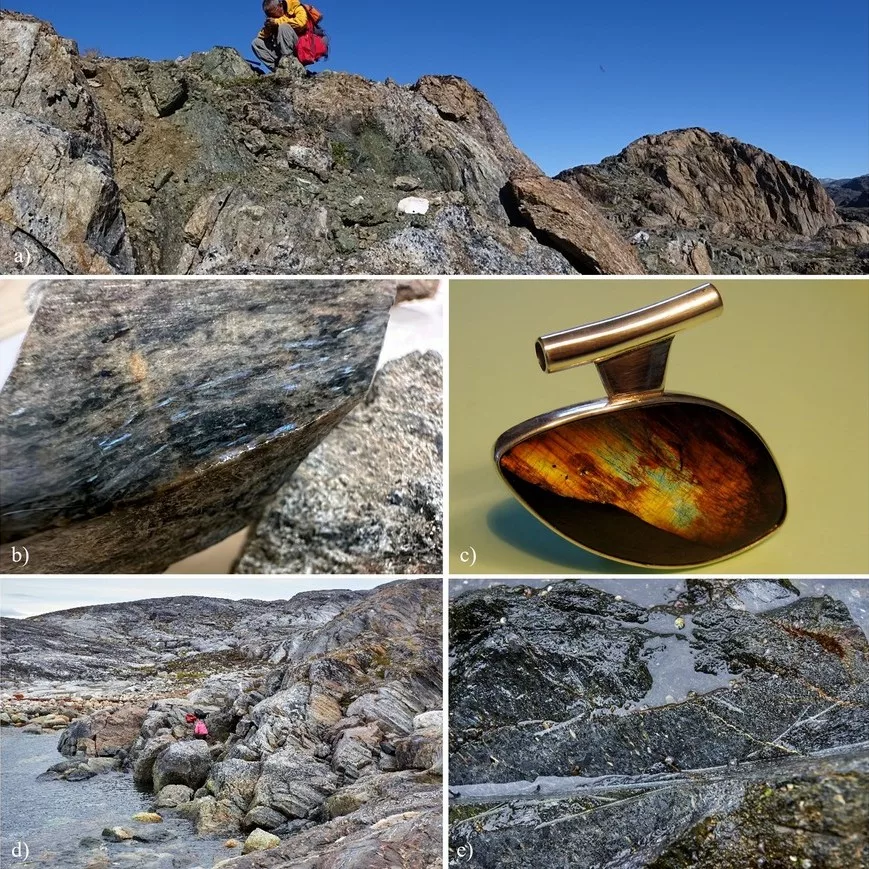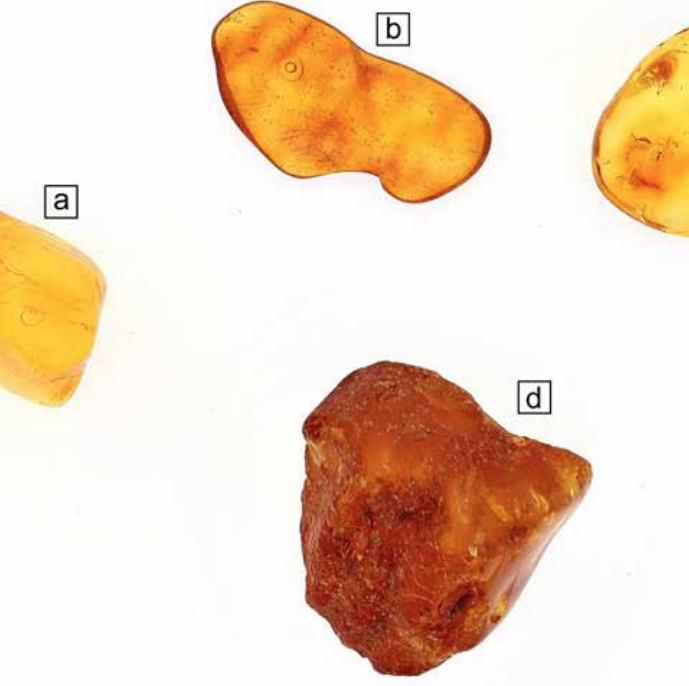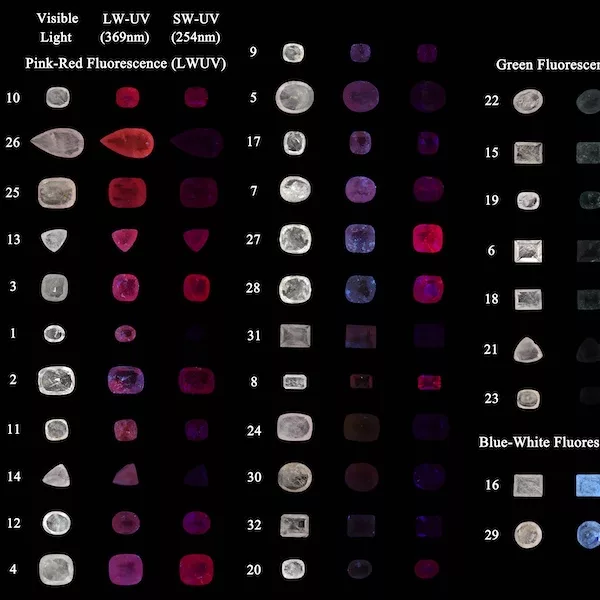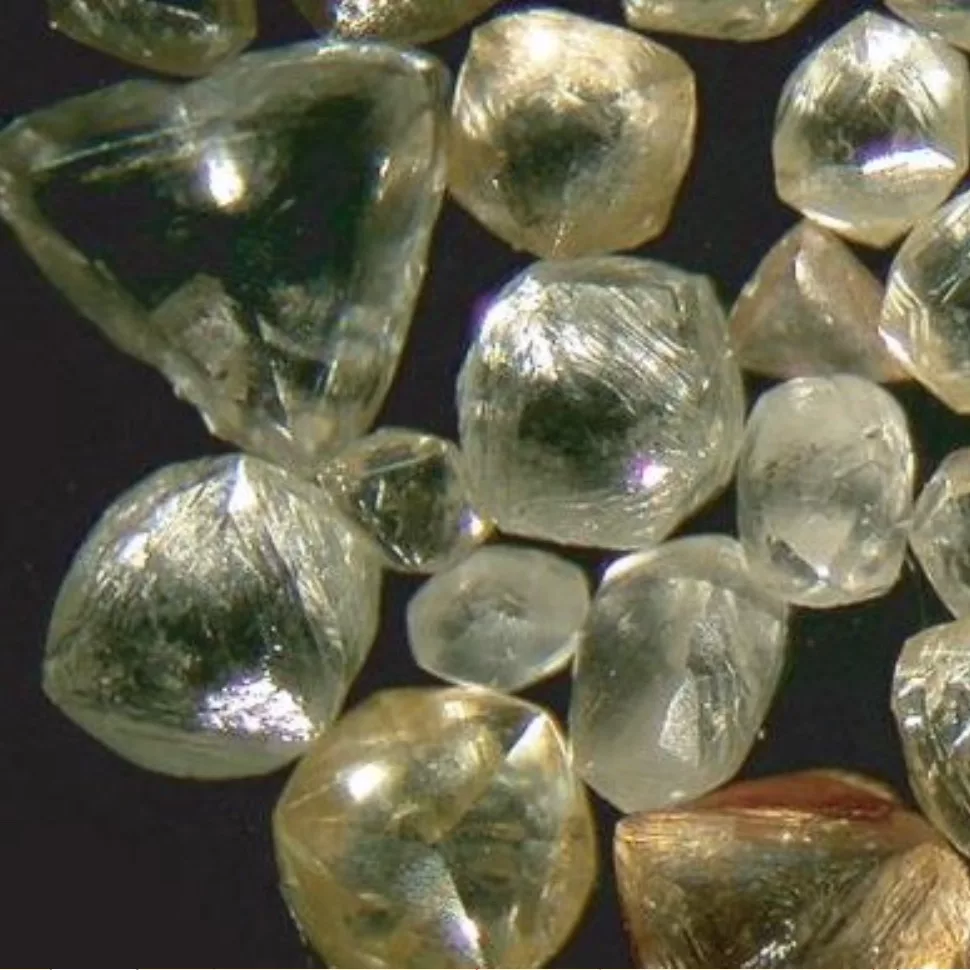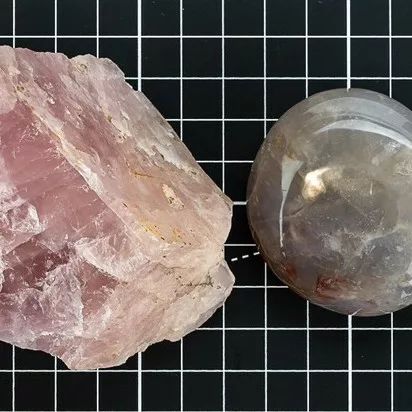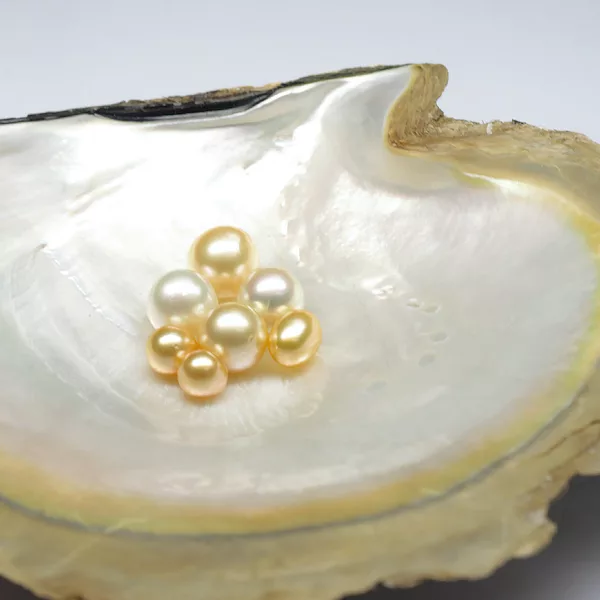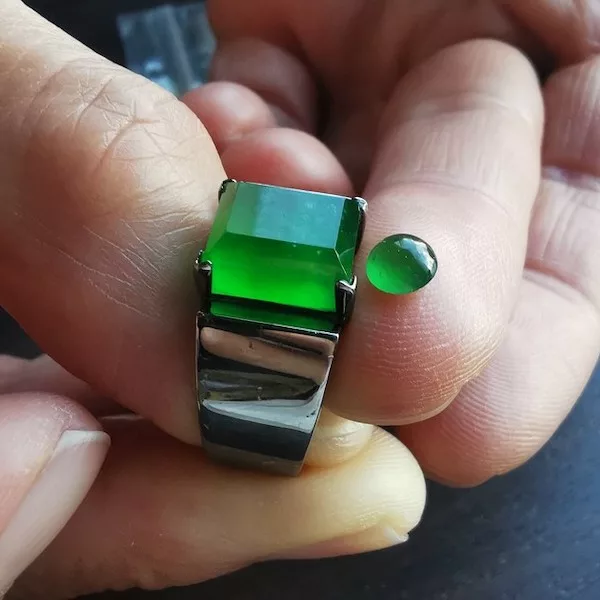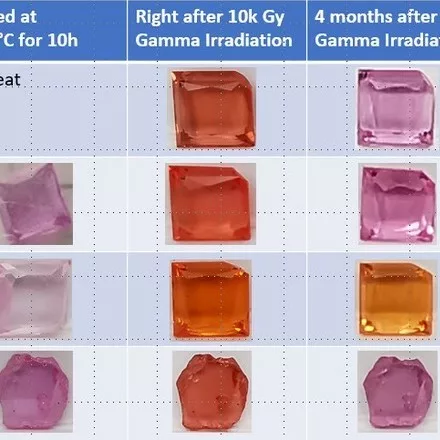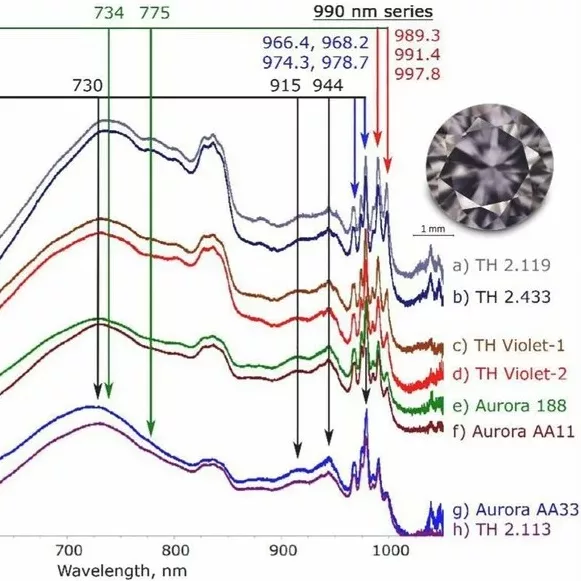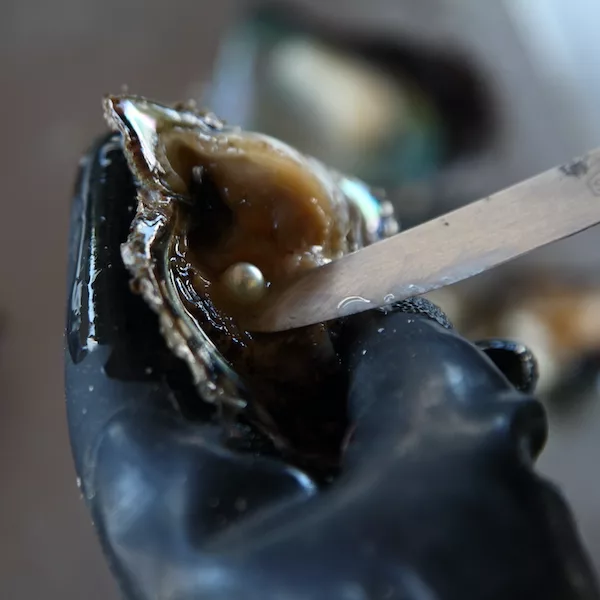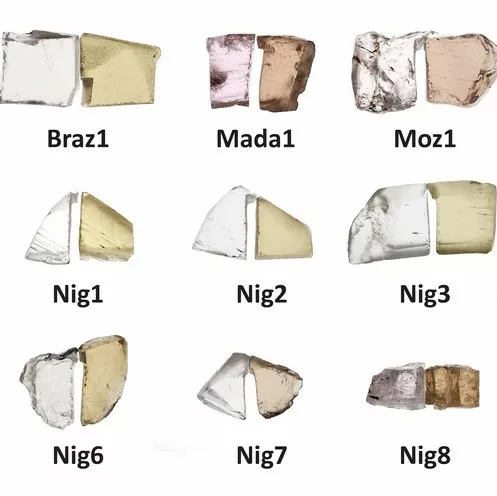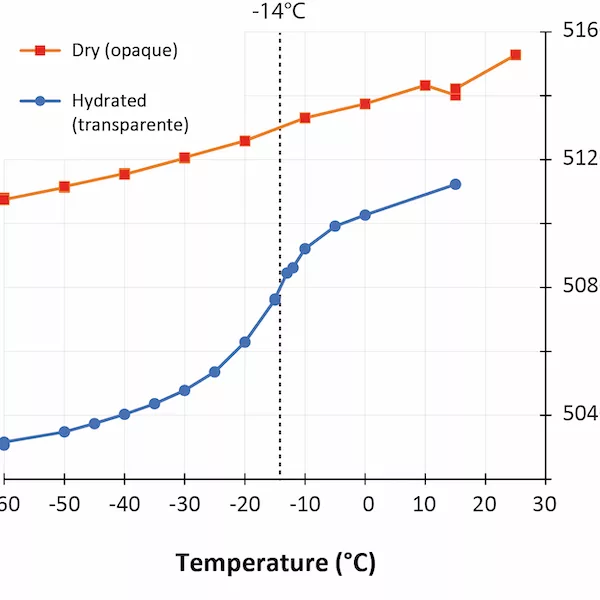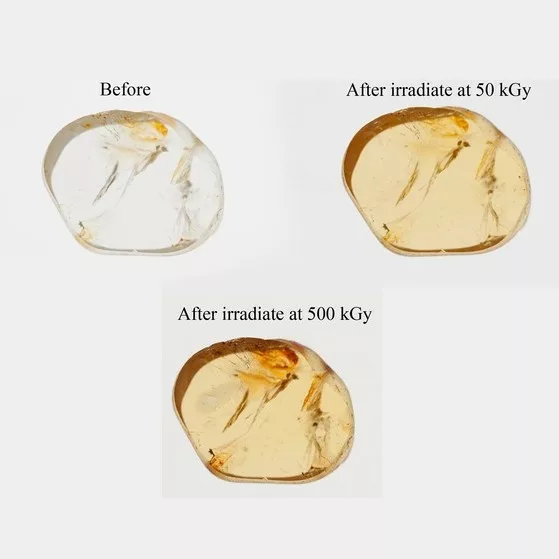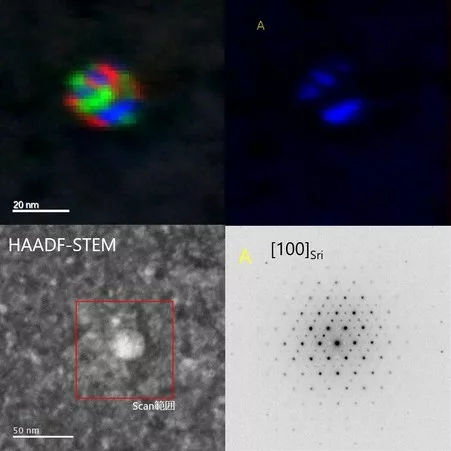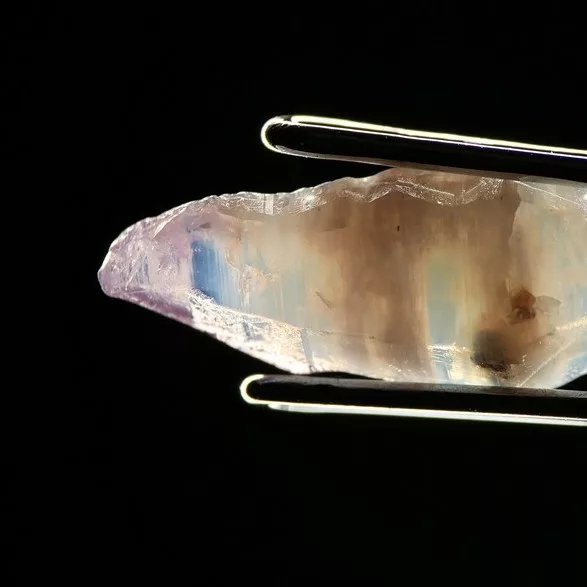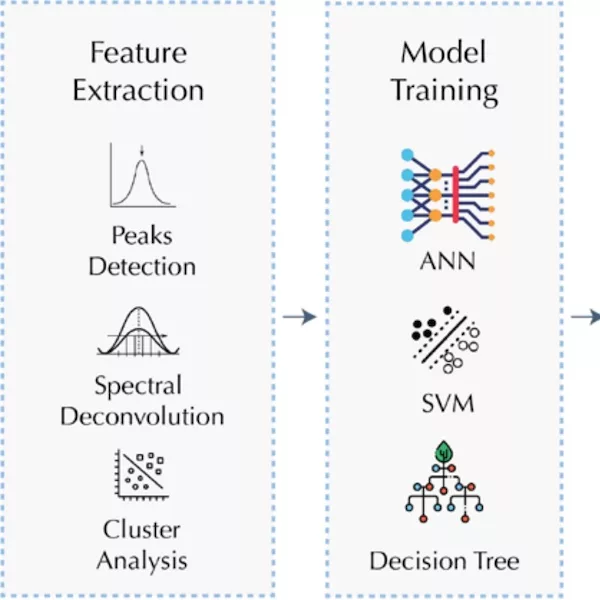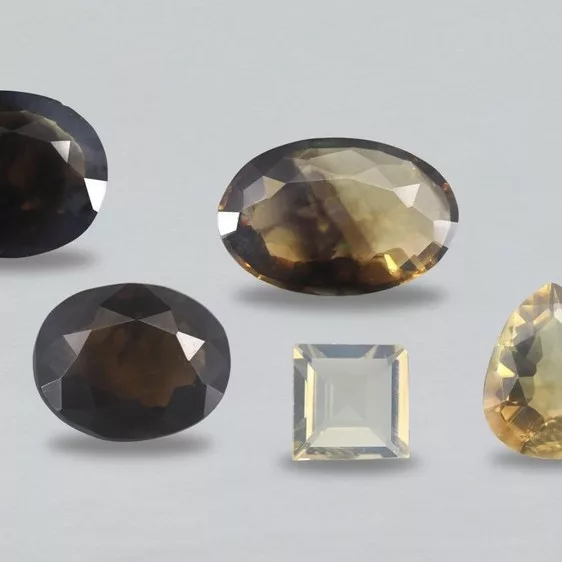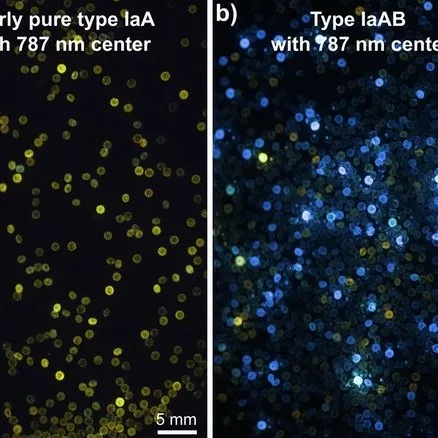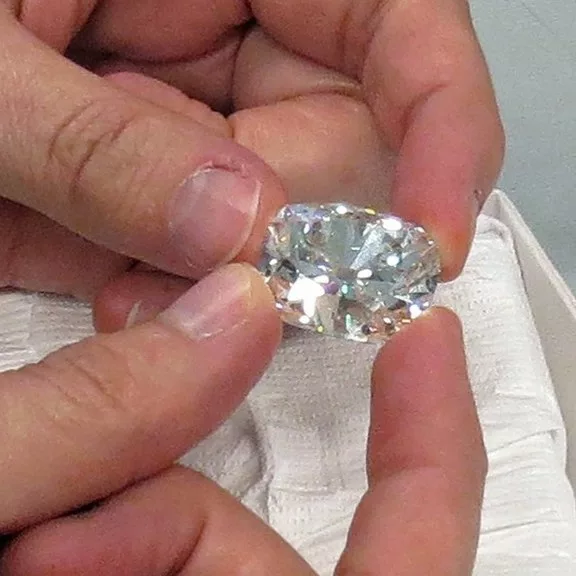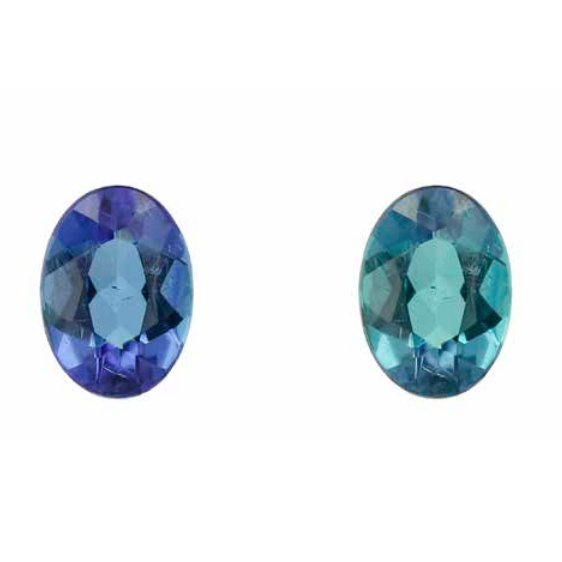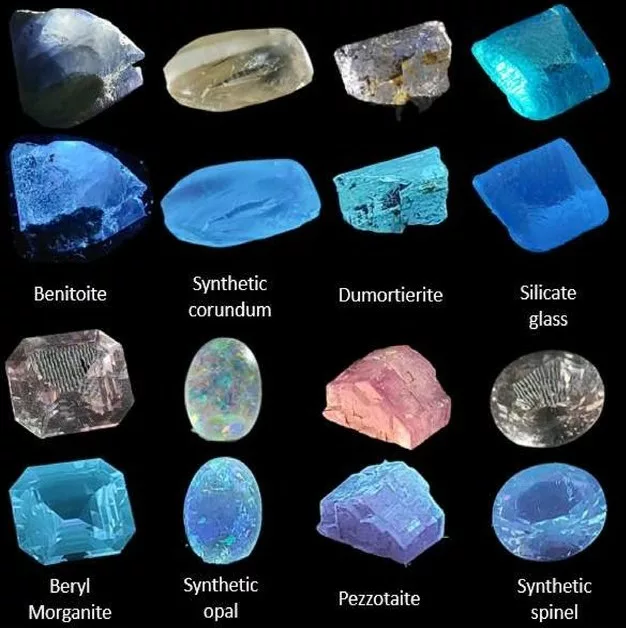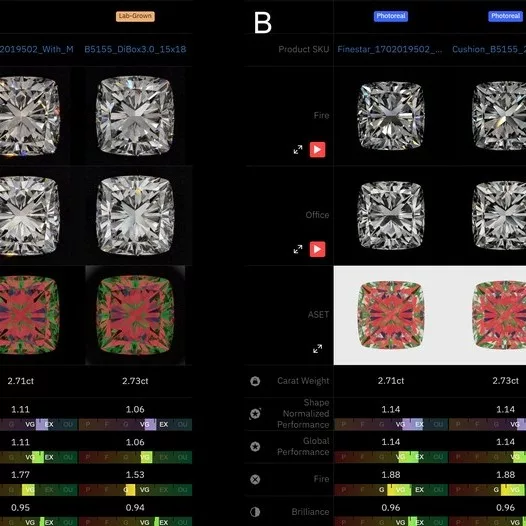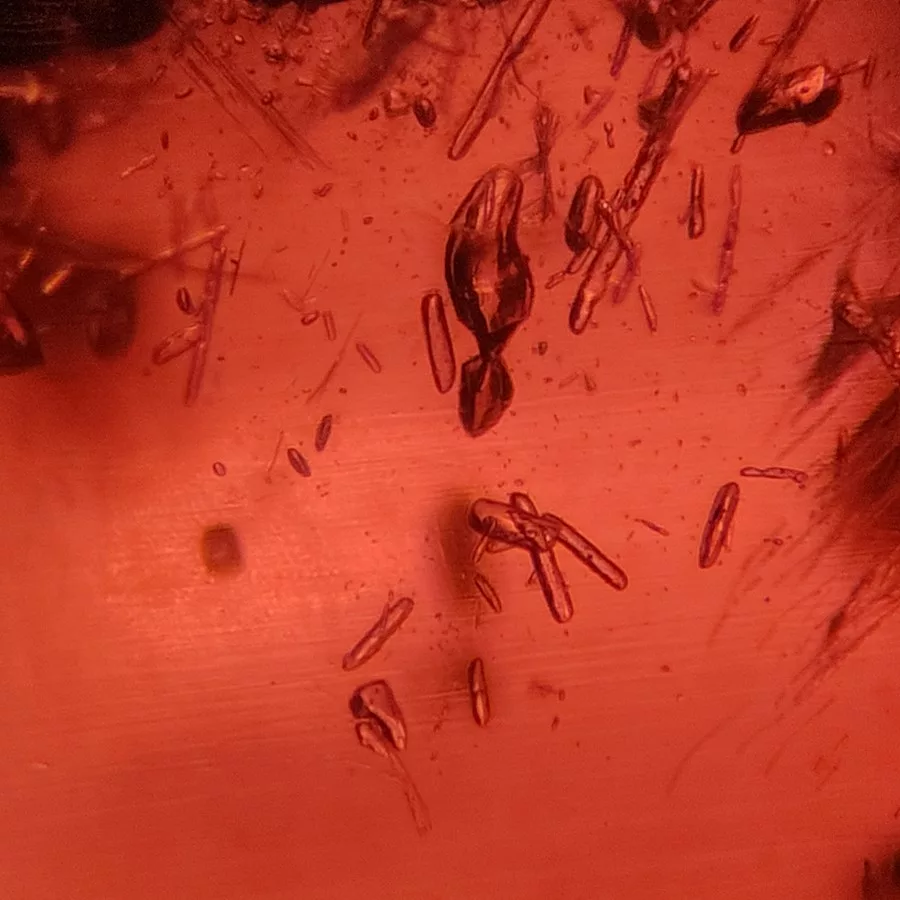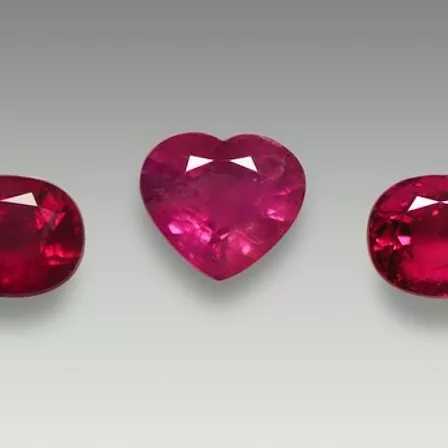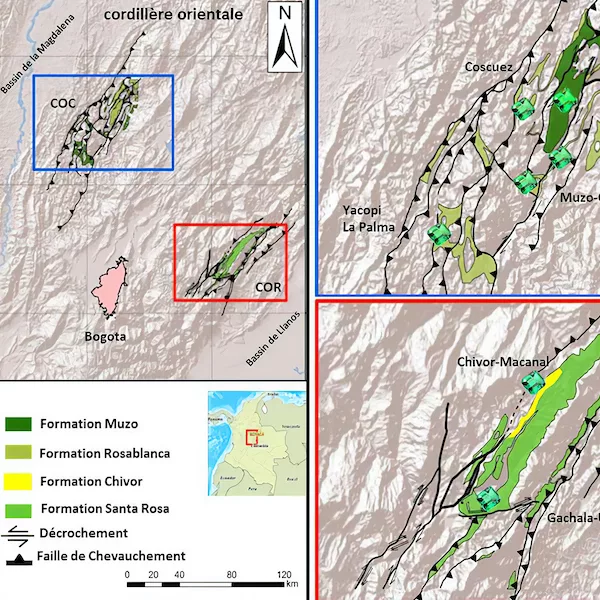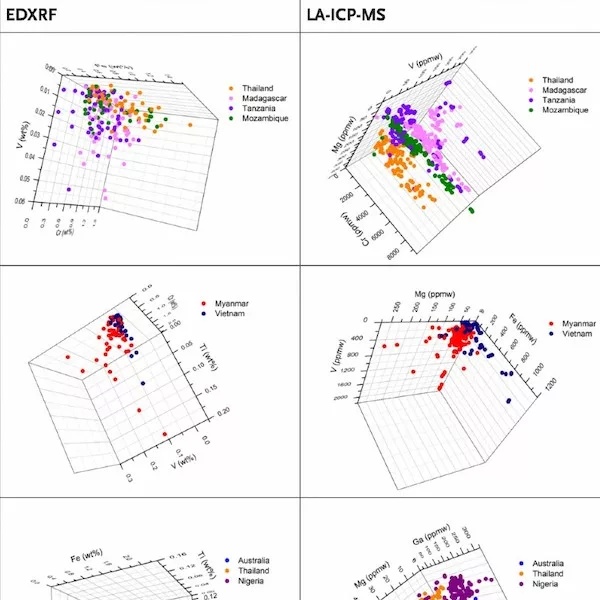Past conferences
Abstracts Library
Low Temperature Heat Treatment of Burmese Ruby
Detection of low-temperature heat treatment (below 1200°C) in ruby and sapphire can present challenges to gemologists, as alterations to the material are often subtle. In this stu
A nuummite occurrence from kangerluarsuk in the Maniitsoq Region, West Greenland
K. I. Giesecke was the first to recognize the beauty of the iridescent amphibolitic gemstone Nuummite in 1810 when he collected samples from the island Simiuttat in the Nuuk area,
Baltic amber and its inclusions: an insight into the origin and nature of the trapped material
Amber is a fossilised resin from ancient trees (coniferous and deciduous), which underwent the process of fossilisation in various epochs and depositional environments. Until the p
Gemological and Luminescence Characteristics of Taaffeites from Mogok, Myanmar
Taaffeite is a rare gem that has been found in different localities such as Tanzania, Sri Lanka, China, and Mogok, Myanmar. Systematic research on the taaffeite from Mogok, Myanmar
Mapping underground rivers at the Copeton Diamond Field, New South Wales, Australia. Following these “deep leads” to further riches
In Australia’s ‘New England’, early gold and tin explorers discovered diamonds in their sluice boxes without realising their significance, but by the 1890s the Copeton-Bingar
Rose Quartz: Journey Into the Nano-Jungle
Massive rose quartz is a readily available mineral ranging in colour from pink to salmon- or lavender-pink (Figure 1). Given its popularity in the market, it might be assumed that
Colour varieties of gems – where to set the boundary?
In theory it is simple: a gemstone is a mineral formed in nature by geological processes and, as such, it has a mineralogical name that is scientifically defined and accepted by th
Analysis of Myanmar golden-lipped cultured pearls using X-ray radiography, EDXRF, UV-Vis-NIR and Raman spectroscopy
Myanmar golden-lipped pearl oysters (Pinctada maxima) are well-known to be found at the Myeik Archipelago – formerly also known as Mergui Archipelago – in the Andaman Sea in so
Geographic Origin Determination of Fei Cui: A comparison of high-quality green Fei Cui from Myanmar, Guatemala, and Italy
Fei Cui is a kind of jade that is defined as a granular to fibrous polycrystalline aggregate composed solely, or principally of any of the following or any combination of the follo
Effects of Gamma Irradiation on Ruby and Pink Sapphire and Potential Detection Methods in Gem Labs
Gamma irradiation is a non-destructive and non-invasive treatment method used to enhance the colour and aesthetic appeal of gemstones, such as diamond, topaz, quartz, and sapphire.
Violet Diamonds from Argyle: New Insights into the Cause of their Unique Color
Until its recent closure, the Argyle mine in Australia has been the only source of uniquely colored violet diamonds produced during the 35 years of its operation. These diamonds th
Initiatives for sustainable pearl cultivation in Japan
Natural pearls are a gift from nature. On the other hand, cultured pearls are a symbol of humanity and nature. Skilful pearl smiths and rich nature are needed to cultivate beautifu
Irradiation treatment and gamma-spectroscopy of morganite
The pink variety of beryl, morganite, is one of the most popular orangey-pink to pink gemstones. Its colour is attributed to manganese, both Mn2+ and Mn3+ (Nassau & Wood, 1968, Woo
Opal stability: a step toward detection
Opal is a gem of captivating beauty that stems from its complex microscopic structure composed mainly of silica. In the most striking specimens, the light diffraction from a three-
Color enhancement in yellow sapphire
Natural yellow sapphire is colored by one or the combination of two different chromophores, Fe3+ and the trapped hole-Fe3+ (h• -Fe3+) colour center. Fe3+ chromophore is typically
Crystal structure of nano inclusions in blue sapphire from Diego Suarez, Northern Madagascar
Nano inclusions in unheated blue sapphire (Diego Suarez, northern Madagascar) containing naturally occurring beryllium have been studied. Tabular nano inclusions with a diameter of
Milky appearance of Geuda sapphire from Sri Lanka
Sri Lanka is famous for gems since several thousand years. Almost corundum varieties have been found in Sri Lanka including the rough of Geuda which has also given considerable att
Applications of Python for Spectroscopic Data Processing, Analysis and Machine Learning Modeling in Gemmology
Python, a powerful programming tool with extensive scientific computing capabilities, is being increasingly utilized in gemmological science. It is particularly well-suited for pro
A study of nickel-bearing type Ia diamonds
We present a detailed FTIR and PL spectroscopic study (i.e. at 298 and 77°K) of a large number of colorless (i.e. color D to G) type Ia diamonds (i.e. >200), showing the presence



